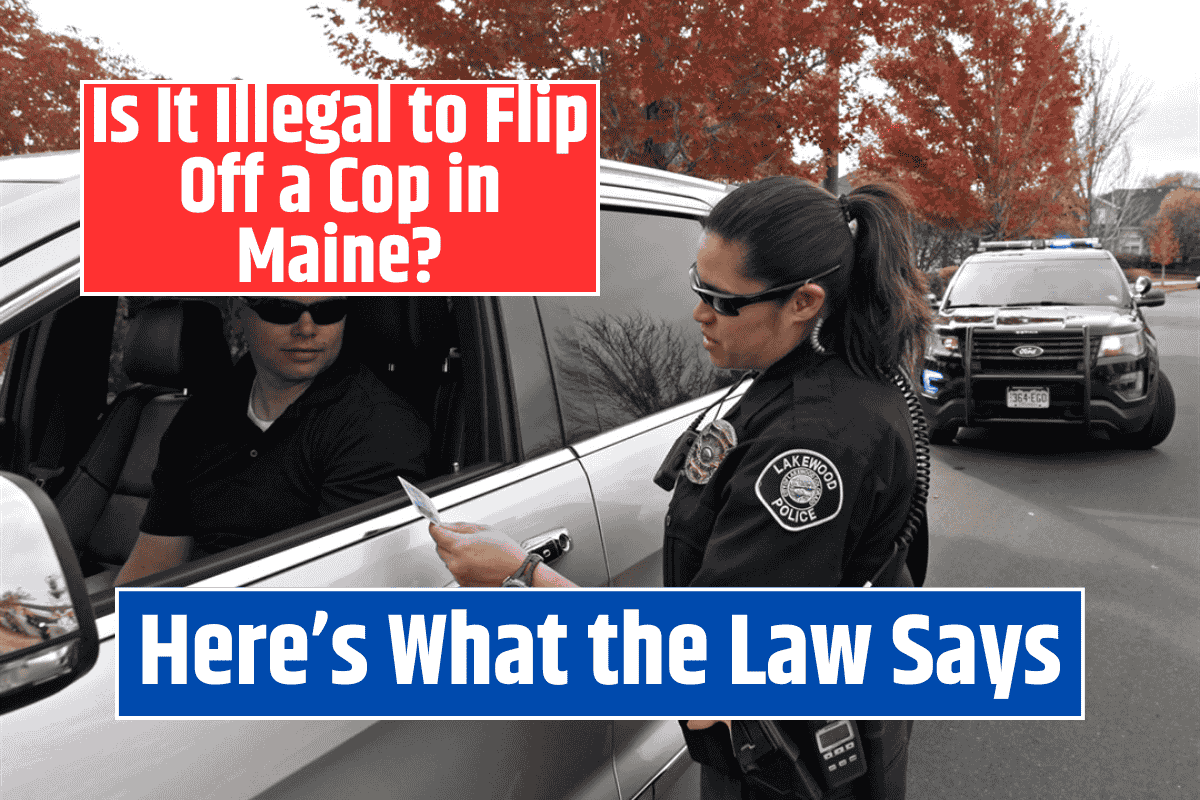When it comes to driving barefoot, many people believe it’s illegal. However, despite what you may have heard, there is no law in Alaska (or any other state) that explicitly bans driving without shoes.
While it’s not technically against the law, driving barefoot is often discouraged due to safety concerns.
Let’s dive into the details of why driving barefoot might not be the best idea, the potential risks, and the impact it can have on both your driving and insurance.
Is It Illegal to Drive Barefoot?
Although no state in the U.S. directly prohibits driving barefoot, it is not considered a safe practice in many places. The key reason for this is safety. While the law doesn’t explicitly ban barefoot driving, it may be seen as a form of reckless or negligent driving in some cases.
If a police officer pulls you over for another reason and notices you’re driving barefoot, you could receive a ticket for unsafe driving. This could cost you both money and time.
Can I Get in Trouble If I Get Into an Accident While Driving Barefoot?
While you won’t get a ticket simply for driving barefoot, the situation changes if you’re involved in an accident. If law enforcement determines that your choice of footwear—whether it’s barefoot or wearing inappropriate shoes—contributed to the accident, you could face penalties.
For example, if your feet are slipping on the pedals because they’re damp from the beach or you’re wearing flip-flops that catch on the pedal, it could lead to problems.
This can also affect your car insurance. If you’re involved in an accident, your insurer may increase your premium, even if you’re not at fault. This is because insurers reward safe drivers and penalize those who cause accidents, whether or not they are the ones at fault.
Additionally, if the accident causes injuries, your bodily liability coverage may not cover all costs unless you have the appropriate insurance coverage, like full collision coverage.
Why Do People Think It’s Illegal to Drive Barefoot?
The myth that it is illegal to drive barefoot may have started because most people wear shoes while driving. It’s often considered common sense to wear shoes for safety, and many people assume that this is required by law. However, as research has shown, it’s simply a safety guideline rather than a legal requirement.
In 1994, a researcher named Jason R. Heimbaugh surveyed all 50 states and confirmed that no state had a law making barefoot driving illegal. This was a key finding in debunking the myth. While barefoot driving isn’t banned, it’s still discouraged due to the potential risks it poses.
Is Driving Barefoot Dangerous?
There are several reasons why driving barefoot—or with inappropriate footwear—can be dangerous. Consider these scenarios:
- Slippery Feet: After a swim or on a rainy day, your feet may be damp or wet. Bare feet can slip off the pedals, making it difficult to apply the right amount of pressure to the gas or brake pedal.
- Lack of Control: Shoes offer better traction and stability on the pedals. Bare feet can make it harder to feel the pedals or apply the right amount of pressure, which can delay your reaction time, especially in emergency situations.
- Injury Risk: If you’re involved in an accident, driving without shoes increases the risk of injury to your feet and legs. Shoes provide some protection in the event of a crash, but bare feet leave you more vulnerable.
Are Some Shoes More Dangerous Than Driving Barefoot?
Interestingly, some footwear can be more dangerous than driving barefoot. Shoes like flip-flops, high heels, and sandals with open toes or heels can hinder your ability to drive safely. Here are some of the types of shoes that could affect your driving:
- Flip-flops and Sandals: These shoes can slip off the pedal easily, reducing your control over the vehicle.
- High Heels: Heels make it harder to apply even pressure to the pedals and can lead to accidents if they get caught.
- Thick-Soled Shoes: These shoes can limit the feel you get from the pedals, making it harder to gauge how much pressure you are applying.
- Shoes with Long Laces: Laces can get caught on the pedals, leading to distractions or loss of control.
If you want to be sure you’re driving safely, it’s best to wear shoes that provide good traction and a firm grip, such as low-heeled, close-toed shoes with a sturdy sole.
While it’s not illegal to drive barefoot in Alaska, it’s not a practice that is recommended. The lack of traction and control when driving barefoot can be dangerous, especially in emergency situations.
Even though you won’t face legal consequences just for not wearing shoes, you might still face penalties if your choice of footwear contributes to an accident. To ensure maximum safety on the road, it’s best to stick to shoes that offer proper grip and control over the pedals.












